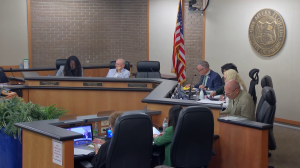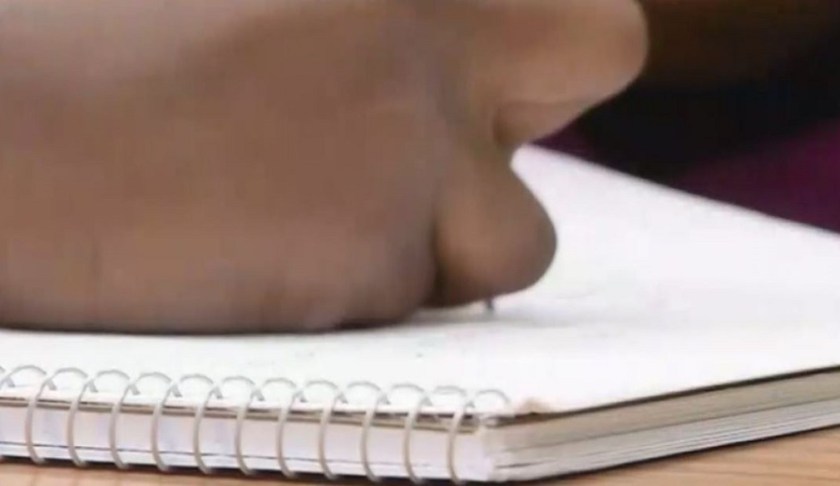
Fort Myers council’s ICE decision could put state support in jeopardy
The Fort Myers City Council is dealing with a deadlock on immigration policies, resulting in a heated debate that has reached beyond local borders.

A new study shows your child’s well-being might depend on where they sit at school.
University of Minnesota researchers looked at how teachers could spread the coronavirus throughout the classroom using two simulations. They both depend on where the teacher is.
We looked at what could make the difference for students during the upcoming school year.
A main factor of the study is about how ventilation ties into how COVID-19 travels indoors, especially in classrooms.
Researchers say that within classrooms, there can be hot spots and safe spots all depending on how close teachers and students are to the room’s air vents.
Janelle Williams is a single mom and staff member with the School District of Lee County. She is forced to send her 7-year-old daughter, Shania, back into a classroom so she can work and worries about her daughter possibly being exposed to the coronavirus in class.
“I wonder how being packed into a classroom, sitting next to someone if they have a cough or a cold, how would that air circulate?” Williams said.
The university study only deepens her concerns.

The simulation shows an asymptomatic teacher addressing a classroom without a mask. When the teacher stands near the ventilation, particles spread to the front of the class, but the rest of the class is safe
When the teacher stands far from the ventilation, almost all of the room is considered a hot spot, with particles landing all over walls and surfaces.
“They are alerting you that something could go wrong in the classroom,” Williams said.
Even in indoor spaces with good ventilation, researchers found only 10% of particles were filtered out of the room in a 50-minute class period.
The researchers who did the study say wearing a mask, increasing ventilation, and trying to adjust where teachers and students are in the room could make all the difference.
The district said it’s taking steps to change air filters monthly and to make sure your child is breathing in as much fresh air as possible in class.
But, even with more fresh air, Williams is still concerned about how the virus could travel in her child’s classroom.
“Nothing is 100%, so it’s going to be health concerns for most parents,” Williams said.